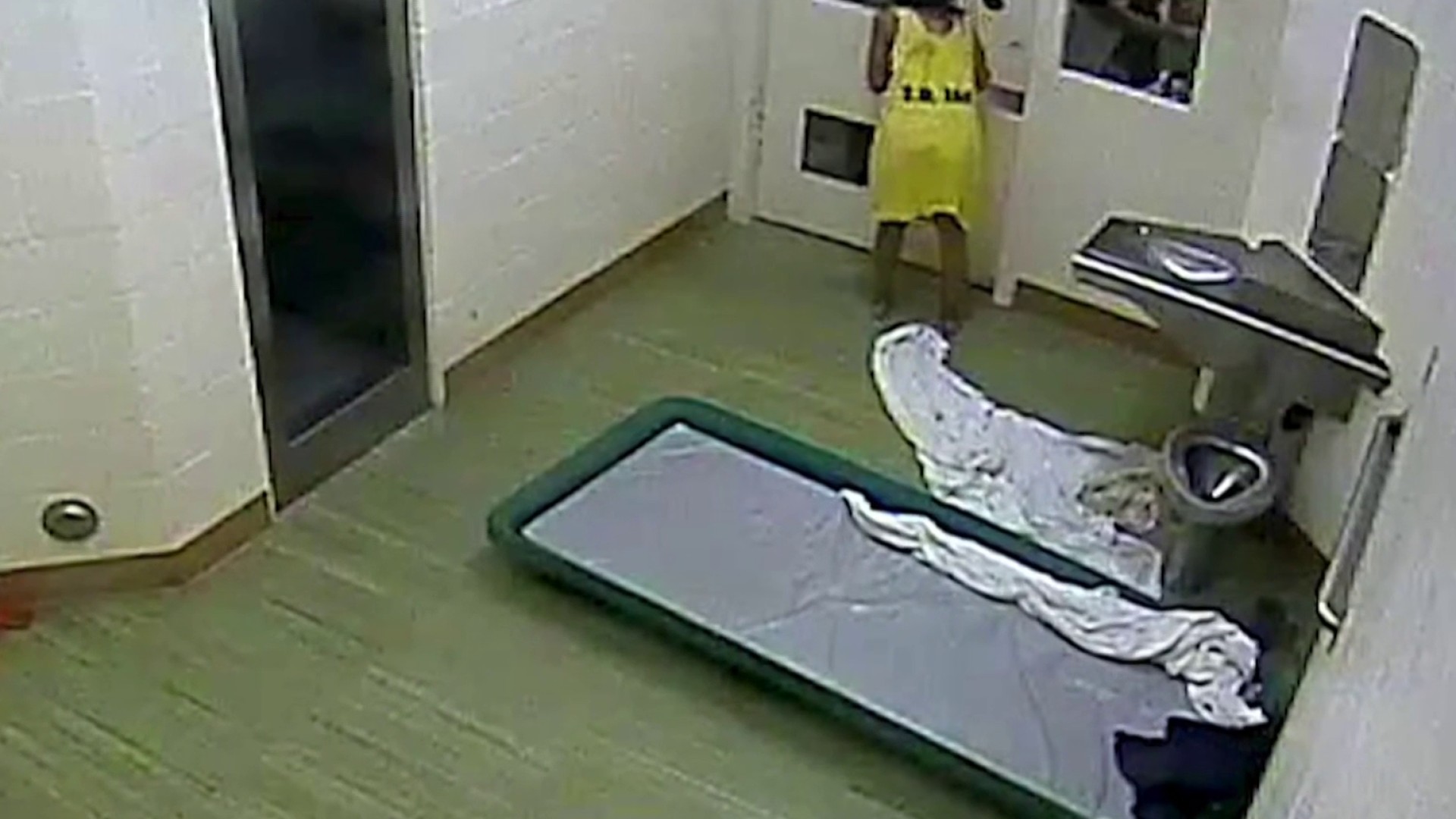A few years ago, thousands of American college students packed the streets outside Playas de Rosarito's hottest beach bars during spring break. Cavernous clubs offered concerts, bikini contests and all-night drinking.
This year, it is sometimes hard to find any tourist on the streets of this beach city of 130,000 people about 20 miles south of San Diego.
"I was expecting a drop in business but not this bad," said Rodrigo Ampudia, an owner of Papas & Beer, whose revenue fell 90 percent this spring break. His club drew about 300 people on a recent Saturday night, down from about 3,000 the same time last year, a slide that forced him to cut his work force to about 40 from 120.
Tourism is soft across Mexico this spring and Rosarito is taking an extraordinary beating, a result of the global economic crisis and reports of warring drug cartels. The U.S. State Department recently warned travelers of increased violence in Mexico along the U.S. border.
That's bad news for the economy, Mexico's third-largest source of foreign income after oil and remittances. The number of foreign tourists visiting Mexico rose 6 percent to 23 million last year, helping offset falling oil prices.
Cancun is expected to draw about 25,000 spring breakers this year, down from about 27,000 last year, said Rodrigo de la Pena, president of the Cancun Hotel Association. Hotel occupancy in March fell to 82 percent from 85 percent last year, though that was partly because the city added hotel rooms in the last year.
Puerto Vallarta's hotel occupancy was about 75 percent in March, down from about 90 percent last year, said Oscar Rivero, president of the city's hotel association. He estimates spring breakers occupied less than half those rooms, compared to about 60 percent last year.
Local
Unlike other tourist draws, Playas de Rosarito, known to Americans as Rosarito Beach, is a key battleground in Mexican President Felipe Calderon's war on drug traffickers.
The northern part of Baja California state, which includes Rosarito and Tijuana, was long under the grip of one of Mexico's oldest drug cartels, the Arellano Felix family, which has been badly weakened under Calderon's watch. A renegade lieutenant, Teodoro Garcia Simental, is blamed for scores of killings in a power grab that has produced daylight shootouts and beheadings.
Rosarito Mayor Hugo Torres says nine city police officers were killed last year, including seven or eight who were involved in drug trafficking. An officer who left the force in 2005 and was captured last month by the Army, Angel Jacome Gamboa, is believed to be behind many of the region's kidnappings and a 2007 assassination attempt against Rosarito's public safety chief, Torres said.
Tourists have not been targeted in Mexico's violence -- a point that U.S. Homeland Security Janet Napolitano underscored during a visit to San Diego this week. She said Americans should be fine if they stick to tourist areas and stay alert.
Rosarito's hotel occupancy rate has fallen to between 25 and 30 percent during spring break, compared to about 65 percent last year, said Cesar Rivera, president of the city's hotel association.
The famed Rosarito Beach Hotel once hosted celebrities like Frank Sinatra, Marilyn Monroe and Rita Hayworth. But the city didn't become a top destination for spring-breakers until the 1990s. Students from the western United States came to party, surf and take advantage of Mexico's 18-year-old drinking age.
On Monday afternoon, the dozen-or-so coconut and souvenir vendors outnumbered people sitting on the beach as music pulsated from loudspeakers at empty restaurants. Eline Kardoes, 23, found only two other guests her first night at Festival Plaza, a big hotel that caters to spring-breakers.
Kardoes, a Dutch woman who is studying a semester abroad at San Diego State University, said her travel plans dumbfounded friends.
"They were all like, 'Oh, my God! Don't go to Mexico,"' she said. "I have to text them once in a while to let them know I'm alive."
Kardoes and two friends paid only $533 to share a room for seven nights. The cab ride from the border was $35.
"We didn't want to spend that much for a week of drinking and staying on the beach," she said while sipping a margarita. "We can do that here."
Parker Raft, 19, said the service is twice as good as other vacation spots at half the price.
"The news makes you think you'll get your head cut off and die," Raft, of Gig Harbor, Wash., said over a stiff Long Island iced tea. "You come down here and it's fine."
Ignacio "Iggy" Zamudio employs 97 people at his restaurants and bars, down from 300 a year ago. He closed a pizzeria and a bar on the main tourist drag. Another restaurant is now open on weekends only, running on a generator to keep him from falling behind on electricity bills.
Zamudio, 42, got his start renting all-terrain vehicles on the beach about 25 years ago and opened his first club on 1999. By 2005, he had five businesses. Club Iggy's, his flagship, has seven bars and room for 5,000 people.
This year, Club Iggy's isn't hosting any concerts during spring break as it did before.
The plunge in visitors has stirred hard feelings among many Rosarito residents, including 14,000 Americans, who say news reports have grossly exaggerated the travel risks. They note Rosarito's murder rate -- 88 people were killed last year -- is lower than New Orleans.
"We don't deserve this," Zamudio said. "We've always treated Americans with open arms."
For now, Rosarito is looking elsewhere for business as Mexico begins its spring break next week. The city recently launched an $80,000 advertising campaign aimed at drawing tourists from northern Mexico.



